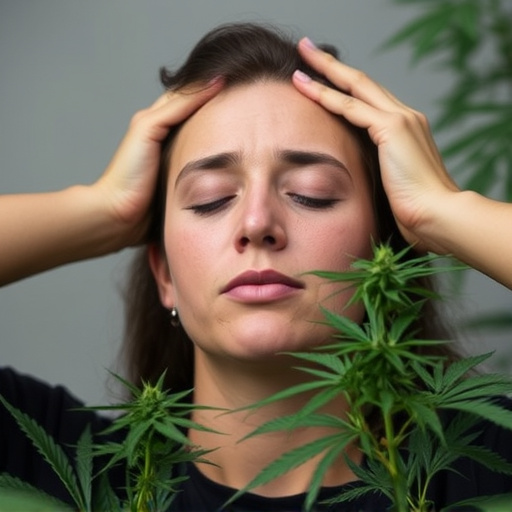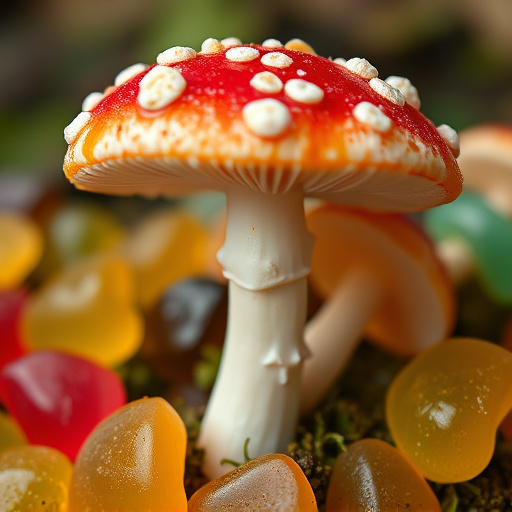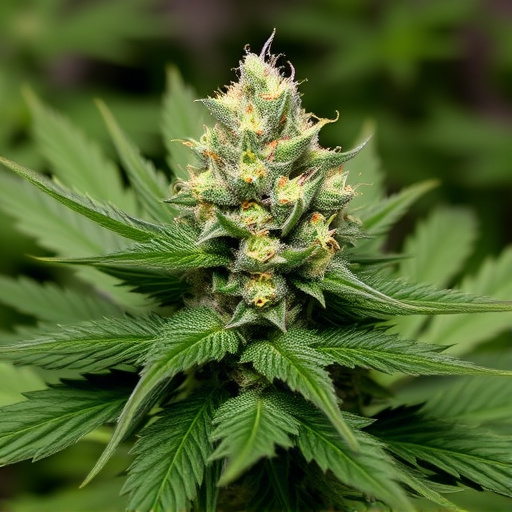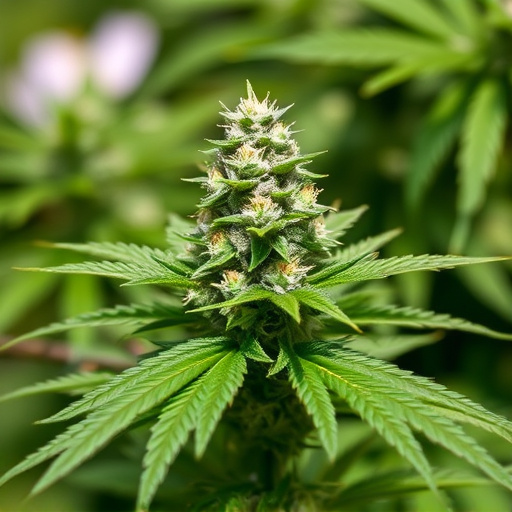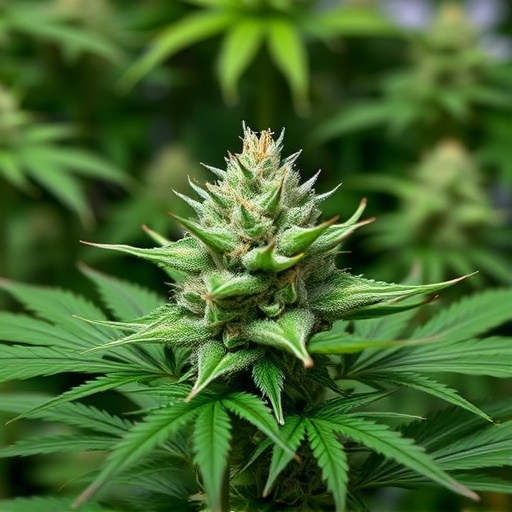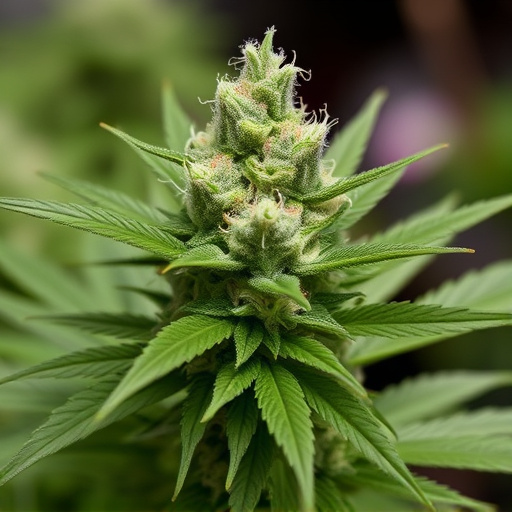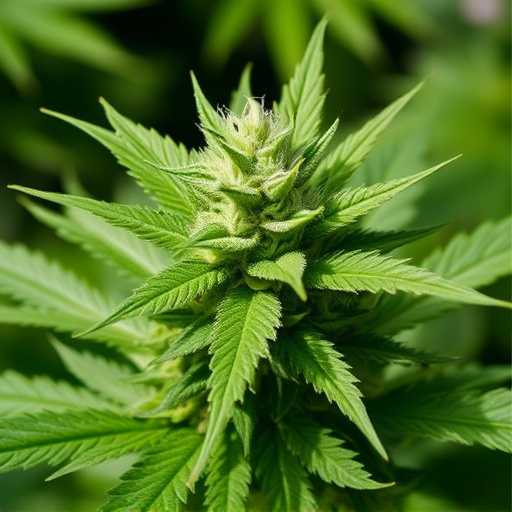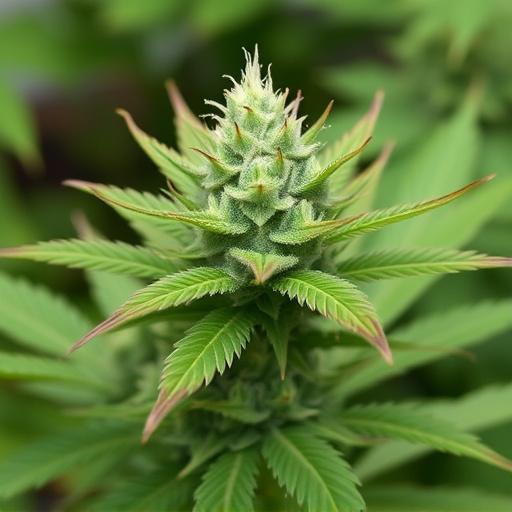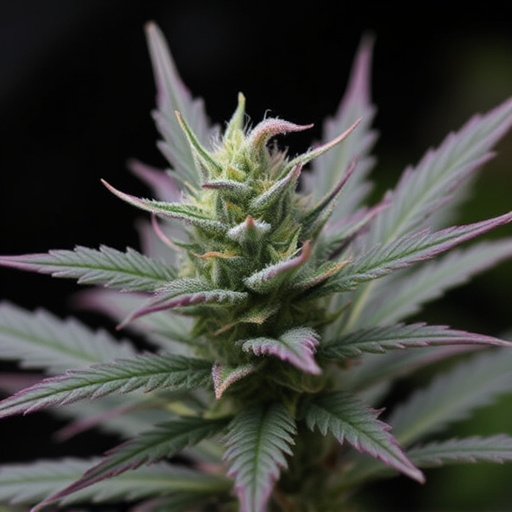Cannabis impacts vary greatly due to individual differences in the endocannabinoid system (ECS), influenced by genetics and personal biochemistry. Genetic factors affect ECS sensitivity, THC metabolism, and psychoactive effects, leading to no one-size-fits-all consumption experience. Tolerance and past experiences also play roles; regular users develop higher thresholds, while casual users may have stronger reactions from smaller amounts. "The best cannabis strains" are subjective; specific cannabinoids and terpenes contribute to varied effects, enabling consumers to choose strains aligned with desired outcomes like relaxation or creativity.
“Discover why weed affects everyone uniquely. Cannabis engagement is a complex interplay between genetic factors, individual variations, tolerance, and strain characteristics. Genetic predispositions determine how people metabolize cannabinoids, leading to diverse reactions. Prior exposure influences sensitivity, with regular users potentially experiencing different effects than occasional consumers. Moreover, personal preferences play a role in choosing the best cannabis strains for desired outcomes. Explore these elements to understand why ‘the green rush’ isn’t universal.”
- Genetic Factors and Individual Variations: Exploring Why People React Differently to Cannabis
- The Role of Tolerance and Previous Exposure: Understanding Build-up and Sensitization
- Personal Preferences and Psychoactive Compounds: Deciphering the Impact of Strain Characteristics
Genetic Factors and Individual Variations: Exploring Why People React Differently to Cannabis
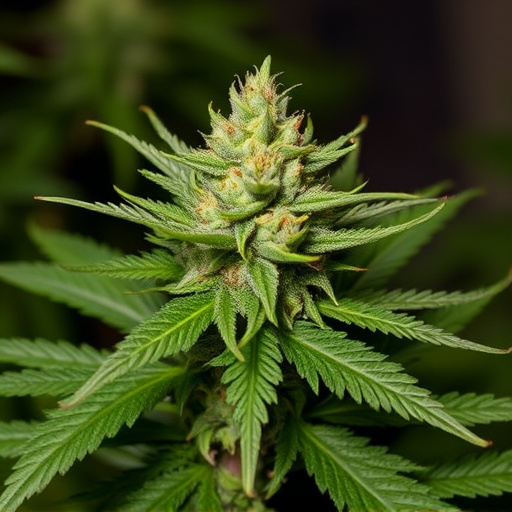
The way cannabis affects individuals can vary greatly, and understanding why is a complex dance involving genetics and personal biochemistry. Every person’s endocannabinoid system (ECS) operates uniquely, which significantly influences their reaction to cannabis compounds like THC and CBD. This biological system acts as a regulator for various functions, including mood, memory, appetite, and pain perception. Genetic variations can lead to differences in the ECS’s sensitivity and responsiveness, thus affecting how an individual interacts with cannabis.
Additionally, specific genetic factors contribute to individual variations in metabolizing cannabis compounds. Some people may have genes that result in a higher or lower capacity to process THC, leading to varying levels of psychoactive effects. This is why some folks might find themselves captivated by the creative highs associated with certain best cannabis strains, while others experience more subtle or minimal reactions. These genetic factors play a significant role in why “one size doesn’t fit all” when it comes to cannabis consumption and its perceived benefits or side effects.
The Role of Tolerance and Previous Exposure: Understanding Build-up and Sensitization
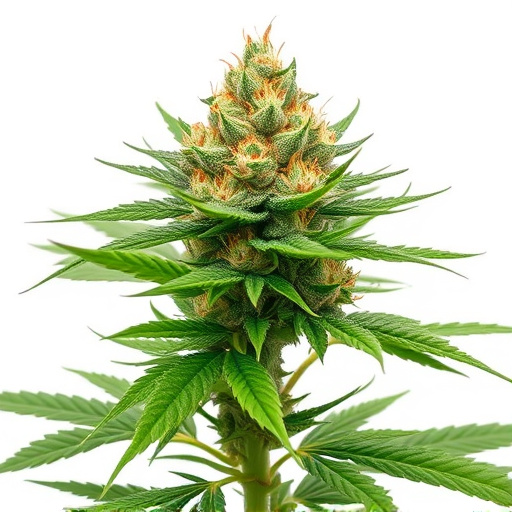
The way cannabis affects individuals can vary greatly, and a key factor in this variability is previous exposure and tolerance. Those who have used cannabis before build up a tolerance to its effects over time. This means that with repeated use, higher doses are needed to achieve the same level of impact. As a result, casual users might experience more pronounced effects from even small amounts compared to regular consumers.
Previous exposure can lead to sensitization, where the body becomes more receptive to cannabis’ compounds. This sensitization can intensify both positive and negative experiences. For instance, users who have had pleasant encounters with certain best cannabis strains in the past may find their most recent experiences amplified. Conversely, those with adverse reactions might be more susceptible to anxiety or paranoia when reintroducing cannabis into their system.
Personal Preferences and Psychoactive Compounds: Deciphering the Impact of Strain Characteristics

Cannabis enthusiasts often debate that “the best cannabis strains” aren’t one-size-fits-all. The way cannabis affects individuals is highly subjective, significantly influenced by personal preferences and the complex psychoactivity of its compounds. Each strain carries a unique combination of cannabinoids like THC and CBD, along with terpene profiles, which play a pivotal role in shaping the user experience.
Terpenes, aromatic compounds responsible for cannabis strains’ distinct smells, also contribute to their effects. For instance, myrcene is known for its relaxing properties, while limonene boosts mood and energy. Understanding these strain characteristics empowers users to select varieties that align with their desired outcomes, whether it’s relaxation, creativity stimulation, or pain relief.
Cannabis’ impact on individuals varies greatly, a phenomenon attributed to complex interactions between genetic factors, previous exposure, and personal preferences. Understanding these variables helps in appreciating why “the best cannabis strains” for one person might not work for another. By recognizing these differences, users can make more informed choices, enhancing their overall experience and ensuring they find the right strain to suit their unique needs.


